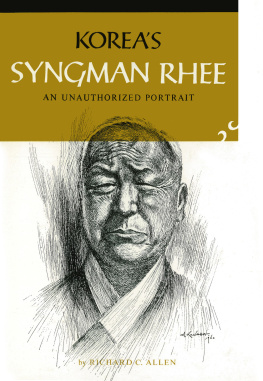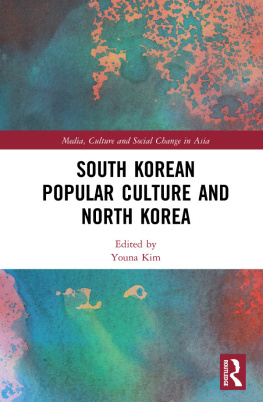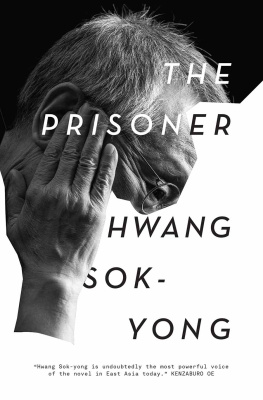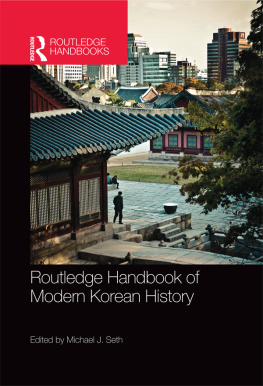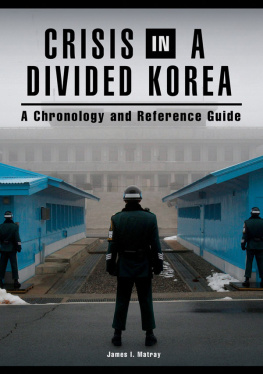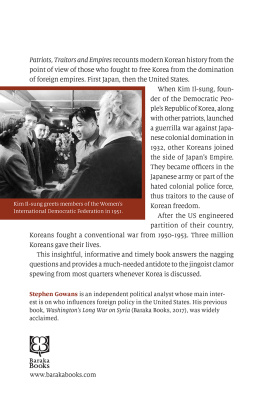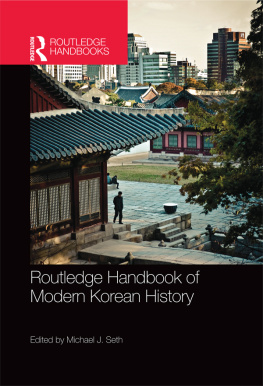THE KOREAN CRISIS
One Nation, Two Peoples, A World On The Brink
JACK VAN DER SLIK
WILDBLUE PRESS
https://wildbluepress.com
THE KOREAN CRISIS published by:
WILDBLUE PRESS
P.O. Box 102440
Denver, Colorado 80250
Publisher Disclaimer: Any opinions, statements of fact or fiction, descriptions, dialogue, and citations found in this book were provided by the author, and are solely those of the author. The publisher makes no claim as to their veracity or accuracy, and assumes no liability for the content.
Copyright 2017 by Jack Van Der Slik
All rights reserved. No part of this book may be reproduced in any form or by any means without the prior written consent of the Publisher, excepting brief quotes used in reviews.
WILDBLUE PRESS is registered at the U.S. Patent and Trademark Offices.
ISBN 978-1-947290-17-4Trade Paperback
ISBN 978-1-947290-16-7eBook
Interior Formatting/Book Cover Design by Elijah Toten
www.totencreative.com
Table of Contents
Prologue: Present Circumstances in the Divided Korean Peninsula, 2016
The 38th parallel north is a map makers latitudinal circle around the Earth. It crosses North America, the Atlantic Ocean, and Europe, including the Mediterranean Sea, Asia, and the Pacific Ocean. But nowhere does it have greater political significance than on the Korean Peninsula. There it cuts that countryside into approximately equal sized halves. Americans know those two parts as South Korea and North Korea; or, more politically correct, as the Republic of Korea (ROK) and the Democratic Peoples Republic of Korea (DPRK). That boundary line, created after World War II by agreement between the United States and the Soviet Union, was hugely contested in 1950-1953 by the Korean War. That conflict was settled only with a ceasefire armistice, and to this day, that line, euphemistically called the DMZ (demilitarized zone), remains the most militaristically reinforced boundary in the world. There are barricades, barbed wire, thousands of guard posts, bunkers for troops, heavy weapons emplacements, rocket launchers, armed soldiers, and millions of land mines on both sides of the line to keep the two nations apart.
In North Korea, the prominent, single person atop an elite that governs about twenty-four million North Koreans is an impetuous young leader, born on January 8, 1984: Kim Jong Un. He was installed in his singular top position in 2011 upon the death of his father, Kim Jong Il, who in 1998 succeeded his father, Kim Il Sung, North Koreas Great Leader during and after the Korean War. The North Korean people continue to regard Kim Il Sung as the nations Eternal President. While outside observers initially thought the transition to Kim Jong Un was precarious, Kim has established himself as a vigorous and visible leader. In 2016, he boldly called for the first full meeting of the Korean Workers Party (KWP) in thirty-six years. In preparation, he mobilized the country with what was called a seventy day workers loyalty campaign. During the four day party convention for three thousand KWP members in May 2016, Kim promoted a national agenda emphasizing a two-pronged policy of economic development and greater nuclear weapon capability. The KWP ceremoniously added to his titles by making him their party chairman (previously he was simply first secretary). After sending the party members home following a rapturous concluding ceremony, the regime announced a two hundred-day challenge called a loyalty campaign. Citizens everywhere were called upon to increase their work efforts to finish building projects, add to production in the factories and fields, and generally boost their support for the KWP in every feasible way. Another follow-up to the party convention was the announced reconvening of the Supreme Peoples Assembly, the DPRKs legislature, at the end of June. This Assembly would ratify policies to implement the directions established by the KWP convention decisions.
It is noteworthy to itemize some of the initiatives taken under Kims vigorous leadership. Kim opened 2016 visibly with an elaborate New Years Day speech. He called on his people to believe in the efficacy of the Juche revolution. It asserts the priority of North Koreas self-development through a socialist economy. Worship of big countries and dependence on foreign forces is the road to national ruin; self-development alone is the road to sustaining the dignity of our country ... With affection, trust, dignity and pride in everything of our own, we should achieve the great cause of building and realize the peoples dreams and ideals without fail by our own efforts, technology and resources. The official line is that North Korea prospers best by its own self-contained system and society.
Kim did not ignore the international neighborhood. (Note in the following quote that the transcript does not capitalize the S when referring to its neighbor, South Korea.)
Today the Peninsula has become the hottest spot in the world and a hotbed of war owing to the U. S. aggressive strategy for the domination of Asia and its reckless moves for a war against the DPRK. The U. S. And south Korea war maniacs are conducting large-scale military exercises aimed at nuclear war against the DPRK ... [They] must discontinue their extremely dangerous aggressive war exercises ... that aggravates tension in the Korean Peninsula ... However, if aggressors dare to provoke us, though to a slight degree, we will never tolerate it but respond resolutely with a merciless sacred war of justice, a great war for national reunification (Kim Jong Un, New Year Address, January 1, 2016).
Within a week of his New Years Day address, Kim Jong Un boasted that his country successfully conducted its fourth nuclear bomb test he went so far as to claim it was a hydrogen bomb. That claim was quickly discounted by Western analysts. An Associated Press report told of celebration with banners and confetti in Pyongyang when the news about the January 6 nuclear test success was announced. There were immediate activities at the United Nations to stiffen sanctions against North Korea. Park Gyun Hye, then the president of South Korea, took counsel with her national security aides. Japan condemned the test. Even China, North Koreas closest ally, said it was opposed to the North Korean nuclear explosion. But in his own country, Kim, who celebrated a birthday a couple of days later, was solidifying his hold on the reins of power in North Korea. On Friday, North Korea released television coverage of footage, part of a documentary glorifying Mr. Kims leadership (Choe, New York Times, January 8, 2016).
In early February, the DPRK launched an Earth observation satellite into orbit, reportedly at the direct order of Kim Jong Un. The success was publicized to the North Korean people in a special television broadcast by Korean Central Television. According to the Washington Post report, North Korea said the launch was for scientific purposes, but analysts and many governments see this as a disguised missile test. North Korea has successfully launched short- and medium-range missiles but has been working to develop a reliable long-range intercontinental ballistic missile, capable of reaching the West Coast of the United States (Fifield, Washington Post, February 6, 2016).
In March, a DPRK news agency bragged about its hydrogen bomb, threatening that if this H-bomb were to be mounted on an intercontinental ballistic missile and fall on Manhattan in New York City, all the people there would be killed immediately and the city would burn to ashes (Fifield,


